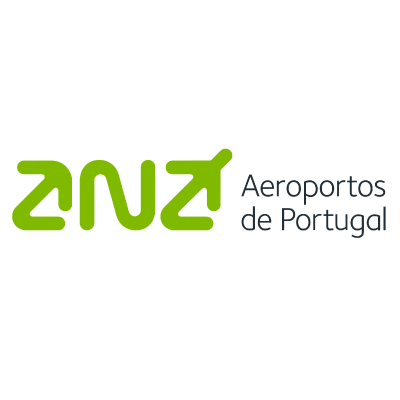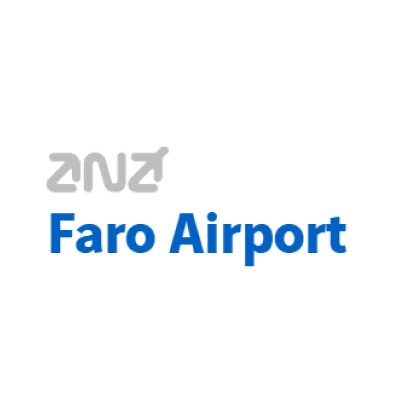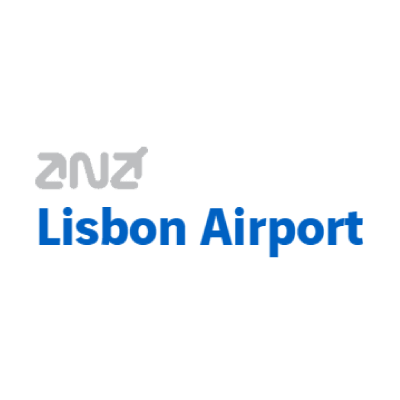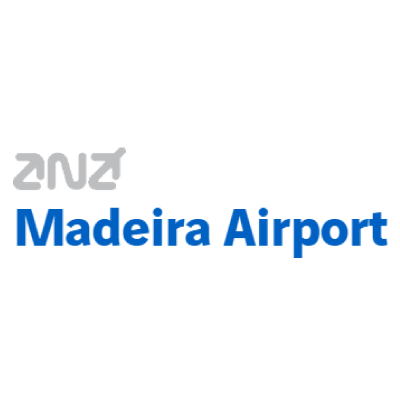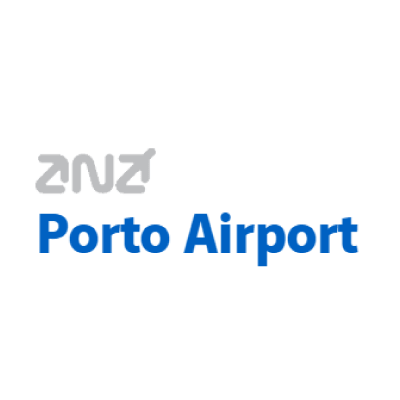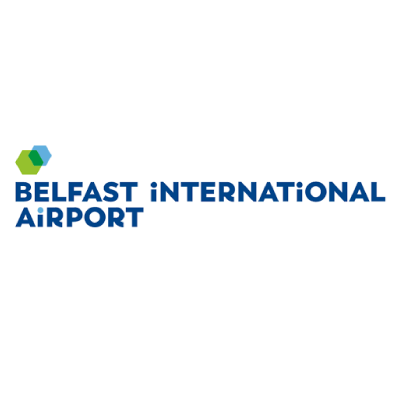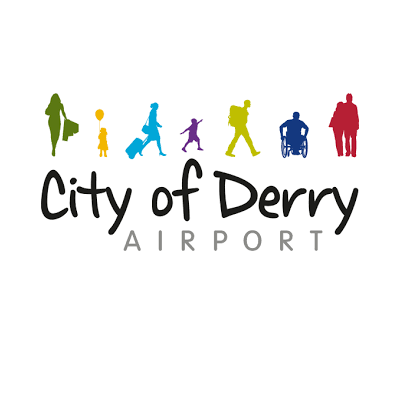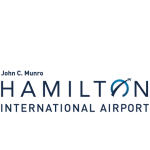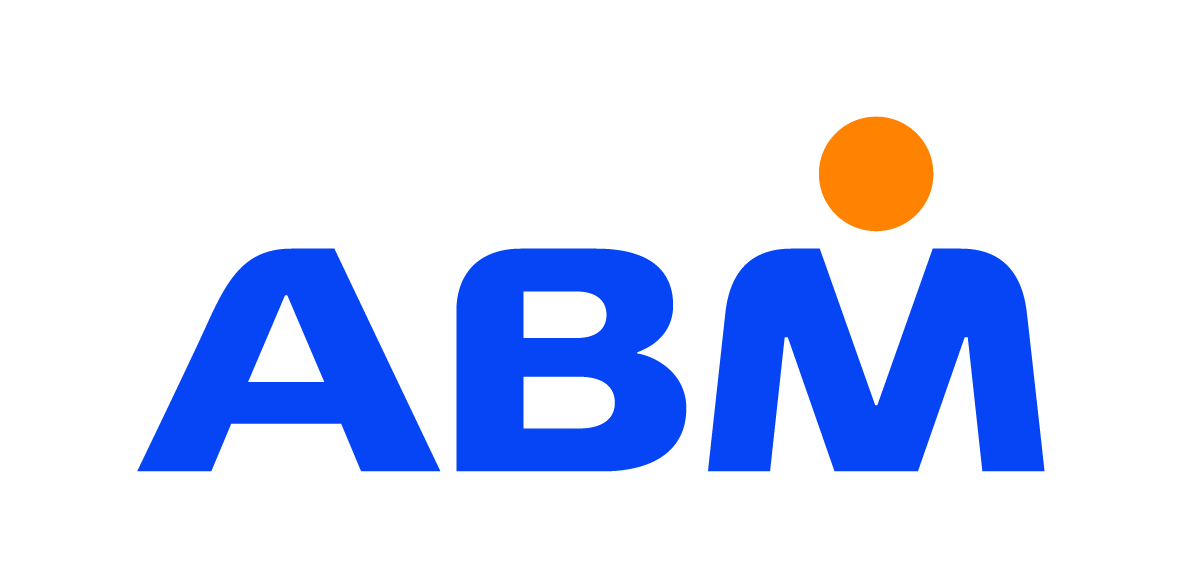While we don’t expect to see travel spending returning to pre-pandemic levels until at least 2024, the good news is that 7 out of 10 travellers worldwide plan to spend more on travel in 2022 than in the past five years. In response to this, along with the global vaccine rollout and lifting restrictions, the travel industry has hit the acceleration pedal on advertising spending. And with over 51% of holiday plans originating from online searches globally, PPC (pay-per-click) marketing remains one of the hottest and most competitive advertising strategies for airport businesses.
What is PPC?
PPC, unlike a sponsored or boosted social media post, is an advertising model most popularly used on search engines platforms such as Google and Bing. Advertisers are able to place an ad on the search engine results page which has relevance to the search term that the user is searching for. Your company is charged each time a user clicks on your advertisement. The aim of PPC is to reach consumers through highly targeted searches in an attempt to increase website traffic and conversions (sales).
PPC is an integral part of the marketing mix for airports wanting to expand their ecommerce offerings. However, despite its popularity, credibility, the potential for targeting, and the money showered in its direction, PPC still has relatively low success rates. Why? It largely comes down to a lack of quality content, keywords and compelling landing pages, i.e. the web pages that adverts link to when a user clicks through.
So how can you make PPC marketing work for your airport?
7 tips for boosting your airport’s online sales ecommerce with PPC
1. Set a budget
The travel industry is one of the biggest spenders of PPC marketing, so be prepared to set aside a good chunk of your marketing budget. However, there must always be a limit. Google Ads, for example, will recommend an amount to spend on your campaign, but ultimately, it comes down to what you are willing to pay.
Once you’ve hit your budget limit, evaluate your campaign. See what’s working and what isn’t, and then make adjustments to increase your ROI for the next round of adverts.
There are two ways to set a budget in Google Ads: a limit per click, or a maximum daily budget.
2. Craft your copy
It helps to have a way with words! Great copywriting will differentiate you from your competitors and make you stand out for all the right reasons. Remember, you have limited space to get your message across (especially on mobile), so it’ll pay to hone your key messages in as few words as possible.
Google Ads has built-in tools for fine-tuning ad copy. Include discounts, offers, and industry-best prices, along with any unique selling points that set you apart from the competition. Make sure the text in the advert is related to the search query—the more targeted your keywords and copy, the better.
3. Make use of extensions
Extensions ensure your ad takes up more space on the screen, pushing competitors’ listings to the bottom of mobile displays. Sitelinks, review, and callout extensions will all help your airport to stand out.
- Sitelinks display multiple links to your website within the ad for easy viewing.
- The Review extension shows third-party ratings to boost your credibility.
- Callout provides a phone number next to your URL so customers can get in touch via a tap of their mobile screen.
Essentially, all of the extensions make life easier for your customers and, therefore, make your airport more appealing.
4. Target long-tail keywords
The high level of competition, not just in the travel industry but in search marketing as a whole, makes it essential to use long-tail keywords, rather than short-tail keywords.
Short-tail keywords are one or two words long, e.g. ‘family holidays’ or ‘cheap hotels.’ Naturally, hundreds of thousands of sites compete to rank from these high-traffic, highly competitive search terms. As a result, the cost for these keywords is high and the ROI low. They’re not the best choice for your airport.
Long-tail keywords tend to be around three to five words long. For example, ‘cheap flights from Exeter.’ With long-tail keywords, you’ll reach a smaller audience. However, long-tail keywords are highly targeted and, therefore, yield a higher ROI.
5. Create relevant landing pages
Don’t ruin your highly targeted advert by taking customers straight to the homepage of your airport ecommerce portal. We promise it won’t yield the results you desire.
When a potential customer clicks through from your advert, the page they land on should be as targeted and engaging as the PPC advert itself. A better choice could be a designated product page or a specially-designed landing page that helps visitors get the information they want as quickly as possible. After all, the better experience you provide, the more likely they are to convert.
Did you know Rezcomm Marketplace partners have access to our team of marketing experts to assist with landing page design and optimisation? We even have a state of the art drag and drop landing page builder! Get in touch to find out more about the Rezcomm Marketplace.
6. Don’t forget mobile
When designing PPC campaigns and landing pages, it’s crucial to consider mobile. According to the latest figures, 70% of people research travel on their smartphones. What’s more, 45% of people in the UK and 48% of people in the US are comfortable researching, planning and booking their entire trip to a new destination entirely via mobile.
However, mobile conversion rates for mobile bookings are still relatively low. Hence why it’s essential to make sure your PPC ads and airport ecommerce site offer a mobile experience that’s every bit as engaging as your desktop view.
Create a seamless omnichannel ecommerce experience for your customers with the Rezcomm Marketplace. Deliver the same great experience across all platforms and guarantee your PPC campaigns are as effective as possible, no matter whether your customer reaches you from desktop, tablet or mobile.
7. A/B test your airport landing pages to increase conversions
As we’ve already seen, one of the most important aspects of any PPC campaign is where it leads the potential customer. The landing page has enormous potential to convert, and the best way to optimise this potential is to test.
But you can address some opportunities immediately to get the most from your click-throughs.
Let’s look at some techniques that will help you ensure a high conversion rate from your landing page visitors.
Create a captivating headline
Humans don’t have the longest attention spans. Research has shown that the rise in technology, such as smartphones and messaging apps that in many ways facilitate multitasking, have contributed to an average attention span of just 8 seconds.
The prevalence of apps and mobile browsing convenience also mean potential customers can consider multiple offerings simultaneously. They might be checking your airport’s prices and have your competitor’s site open in the next tab. It’s why it’s crucial to create strong and meaningful page headlines.
The purpose of a headline is to convey your product or service and engage the visitor enough to make them spend more time on the page. If your headline doesn’t capture the essence of your offering in an immediately obvious way, most visitors are going to bounce.
Minor changes to a headline can make a huge difference. In fact, one digital marketing company saw a 127% increase in conversions for their client by simply creating a more ‘selling’ headline.
Interested in having a go yourself? Try these best-practice tips:
- Give your landing page a headline. Many landing pages don’t even have a header, so if yours lacks this essential element for customers, try including one.
- Your headline should give a solid indication of your offering, describing what your content or product is about rather than trying to create interest without context. Something like, “Best ecommerce practice for airports,” rather than “How we revolutionised the holiday shopping experience,” or “Welcome to our airport’s site.”
- The headline should be the first thing the page visitor sees. Make sure the font is large enough and stands out against the page background across all devices.
Don’t underestimate the potential of the Call To Action (CTA) button
Web visitors have low attention spans. We already told you that, but it was more than 8 seconds ago, so it’s worth repeating. They also don’t like to have to work hard to find what they want. When designing and optimising your landing page, make the content engaging and focus on customer convenience. It should be easy for the customer to buy what they came for within as few steps as possible. The job of the CTA button is to be the loudest thing on the landing page, triggering the visitor to take action.
Some tips for strong converting CTAs:
- Keep it simple. Only having one primary action button on your landing page will help retain your visitors’ focus. Multiple buttons with different purposes are the digital equivalent of several people talking to the visitor at once. If you want the customer to buy a product, the ‘Buy Now’ button should be prominent. Don’t mix it up with ‘Subscribe to our Newsletter.’ By minimising the calls to action, you make the desired action more attractive.
- Try to incorporate excitement into your CTA. Boring buttons like ‘Submit’ or ‘Click here’ don’t offer any sense of brand or product. Apply copywriting skills to your CTA text. Calls like, ‘Book your great escape now,’ or ‘Join thousands of other happy customers,’ or even ‘Make memories today,’ have a much stronger purpose.
- Your CTA must be prominent, well-positioned and visible. The customer should NEVER have to look for it. You might be interested to hear that repeated A/B tests have found that red CTA buttons on white backgrounds work much better than other colours, with a red link boosting click-throughs by over 53%!
Social Proof: Play to your strengths
Once you’ve looked at your landing page headlines and CTA button, the next thing is to introduce social proof. Word of mouth (WOM) is proven to encourage sales because people trust the genuine experiences of others, and social proof is one aspect of WOM that’s very easy to share. Its purpose is to assure the visitor, remove hesitation or reasons not to buy, and increase trust.
Once a page visitor is sure that the product or service is relevant to their needs, that visitor often wants to see who else has been using the service. Social proof also helps give potential customers an idea of the size and identity of your brand: Has your customer service team responded to comments? Do people mention exceptional service? Do they feel they received a personalised experience? Social proof that other people have enjoyed successful transactions helps convince the visitor to convert.
Try including your social proof in a prominent location on your landing page (preferably above the page fold). Consider including:
- Testimonials or reviews
- Number of customers
- Client or affiliate logos
- Case Studies
- Press coverage
In one case study, sales increased by 34% because the brand included a testimonial on the landing page.
Where A/B testing comes in
Headlines, call to action buttons, and social proof are three crucial landing page elements that can help increase your airport’s conversion rates. To make sure you’re getting the very best results, conduct A/B testing. This process involves creating multiple versions of your landing pages to see which generates the most click-throughs and conversions.
It might sound like a lot of work, but A/B testing will ensure you continue serving the best content for your customers. Not only will it help to boost your conversions, increase your sales and generate more engagement, but it also gives an insight into your audience and the type of words and content they respond best to.
Start implementing and testing some of the landing page ideas in this post and see what difference it makes to your airport’s PPC campaigns. Need a hand getting started? Get in touch to discover the benefits of the Rezcomm Marketplace and gain first-class support from our team of digital marketing experts.
